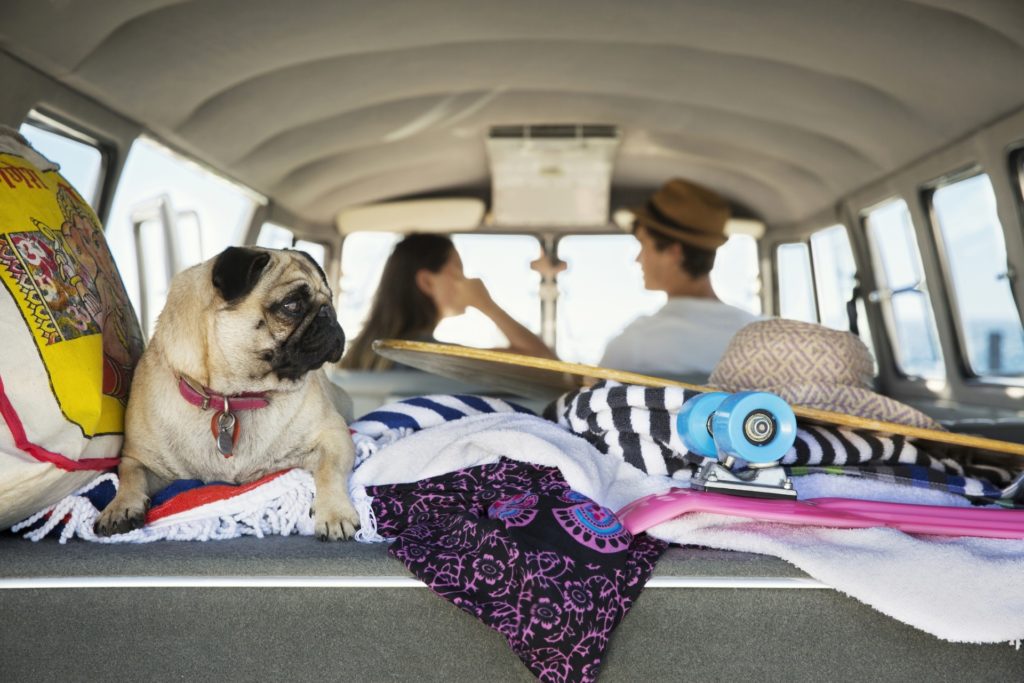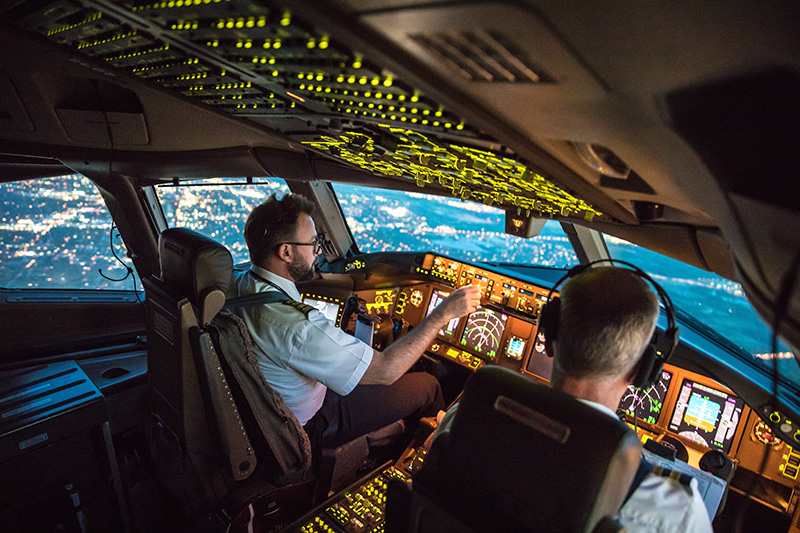Holiday travel increasing even as COVID-19 spikes
Draw of family, low airfares difficult for many to resist
In spite of various medical warnings and other attempts to persuade people to remain at home during the holidays, the draw of family and of discounted airfares is proving to be too much of a temptation for many.

“The roads have already been busy with people going to their Thanksgiving Day destination, and that likely will not let up later into the holiday season,” said Angela Durko, Ph.D., associate professor and travel expert in the Department of Recreation, Park and Tourism Sciences at Texas A&M University’s College of Agriculture and Life Sciences, Bryan-College Station. “And even though we are still spiking in COVID cases, many airports throughout the U.S. are packed, and that too will likely continue throughout the holidays.”
The desire to be among family is a strong enticement leading people to the roads and sky, Durko said.
“But another enticement is that due to the pandemic, many airlines have been offering deeply discounted flights and people who previously could not afford to fly are taking advantage of this opportunity.”
Testing and quarantining
People need to remember that many states require 10-14 days of quarantine after arrival or COVID-19 testing prior to arrival, Durko said.
For example, anyone visiting Pennsylvania from another state must have a negative COVID-19 test within 72 hours prior to entering. If someone cannot get a test or chooses not to, they must quarantine for 14 days upon arrival. Pennsylvania residents visiting other states must either test negative for COVID-19 within 72 hours before returning or to quarantine for 14 days after returning.

“Other states and cities throughout the U.S. have restrictions for testing or quarantine before you leave or after you return, so you need to be aware of them, take the extra steps needed and account for the additional days when planning your trip,” Durko said.
She also cautioned that while many people have taken COVID-19 tests in advance of the Thanksgiving holiday to help determine what their travel plans should be, a negative COVID-19 test can give a false sense of security.
“If you test positive, I can see how that would be more of an incentive for a responsible person to stay home and keep away from others. But if you test negative, that only tells you that you were negative when you took the test. You could still be exposed to and contract COVID the next day or two days later. That could happen at work, while visiting with friends or in line at the airport. Most of the time, you really don’t know where the person standing next to you has been.”
She also said people should think twice before visiting older relatives.
“They are people who are among the most vulnerable to getting COVID,” she said. “I know that many people may feel that with older relatives, this may be the last opportunity they have to see them. But imagine how you would feel if you or one your family unknowingly had COVID and then infected them.”
Can you reduce the risk of COVID while traveling?
All travel increases the chance of getting and spreading COVID-19, and staying home is the best way to protect yourself and others. However, Durko said, health experts have determined that short trips by car with members of your immediate household, with minimal stops along the way, is a lower-risk means of travel.
Riskier travel options include mass transit and flights, especially with one or more stops, she said.
Durko said air travelers should also remember that due to COVID-19, airlines have had to significantly scale back their number of flights.
“If you’re thinking that with the overall reduction in air travel you’ll be getting on a plane that only has a small number of people in it, you should probably disavow yourself of that notion,” she said.
The Centers for Disease Control and Prevention website has more information on travel risk and protection from COVID-19.
Durko said all major airlines have been diligent about changing air filters to hospital-grade, requiring passengers wear masks, and taking measures to fully disinfect plane interiors.

“Right now, however, only one major carrier that I know of has committed to leaving the middle seat blocked until March of next year,” she said. “And while this means the price of a ticket may be higher on these flights, the airline feels people will be willing to pay it to get that extra degree of security.”
Durko also noted that airlines are trying to reduce the number of possible touch points to improve protection from contact transfer.
“They are moving toward contactless options like electronic ticketing and not issuing paper boarding passes,” she said.
As a frequent airline traveler, Durko said she takes her own small pump-spray container of antiseptic sterilizer for the plane seat, arm rests, tray tables and other surfaces with which she may come in contact.
“I was already concerned about germs in public places before the pandemic. So then, and now, I travel with seat and tray covers for the plane, and disinfectant for planes, hotels and extended stay rentals. If you want to help keep yourself healthy, you have to do your part too, including keeping your mask where it doesn’t come in contact with other surfaces. And if you’re wearing a disposable mask, make sure to dispose of it properly and not just toss it where someone else may have to pick it up.”
Other considerations for road travel
Durko said while driving with your own “bubble” of family is the among the safest ways to travel to avoid COVID, there are other hazards that can come with road travel.
“I was surprised to see and hear about the number of cars that have been breaking down during holiday travel so far and expect there will be many more,” she said. “People have been driving shorter distances since the pandemic and many have forgotten how to prepare their vehicle for a longer trip. Before you take a longer road trip, make sure to check your tire pressure, battery and oil and wiper fluid levels. And if you haven’t taken a road trip in a while, don’t assume you can travel 10-12 hours a day. Pace yourself and be safe.”
What about future travel?
Durko said the trend to visit family during the holidays – in spite of the pandemic and flu season — will continue through Christmas regardless of current guidelines.
“Another reason for some increase in holiday travel could be that people don’t know what the future may bring, in the way of greater restrictions that may come about with this spike in COVID and what the new administration may do in response to the pandemic.”
However, Durko said, once a vaccine becomes generally available and people are comfortable with its efficacy, travel will slowly return to normal.
“It may be that you see some airlines, cruise ships or other means of close-quarter transportation requiring passengers to have been vaccinated,” she said. “That’s a possibility, but only time will tell.”





